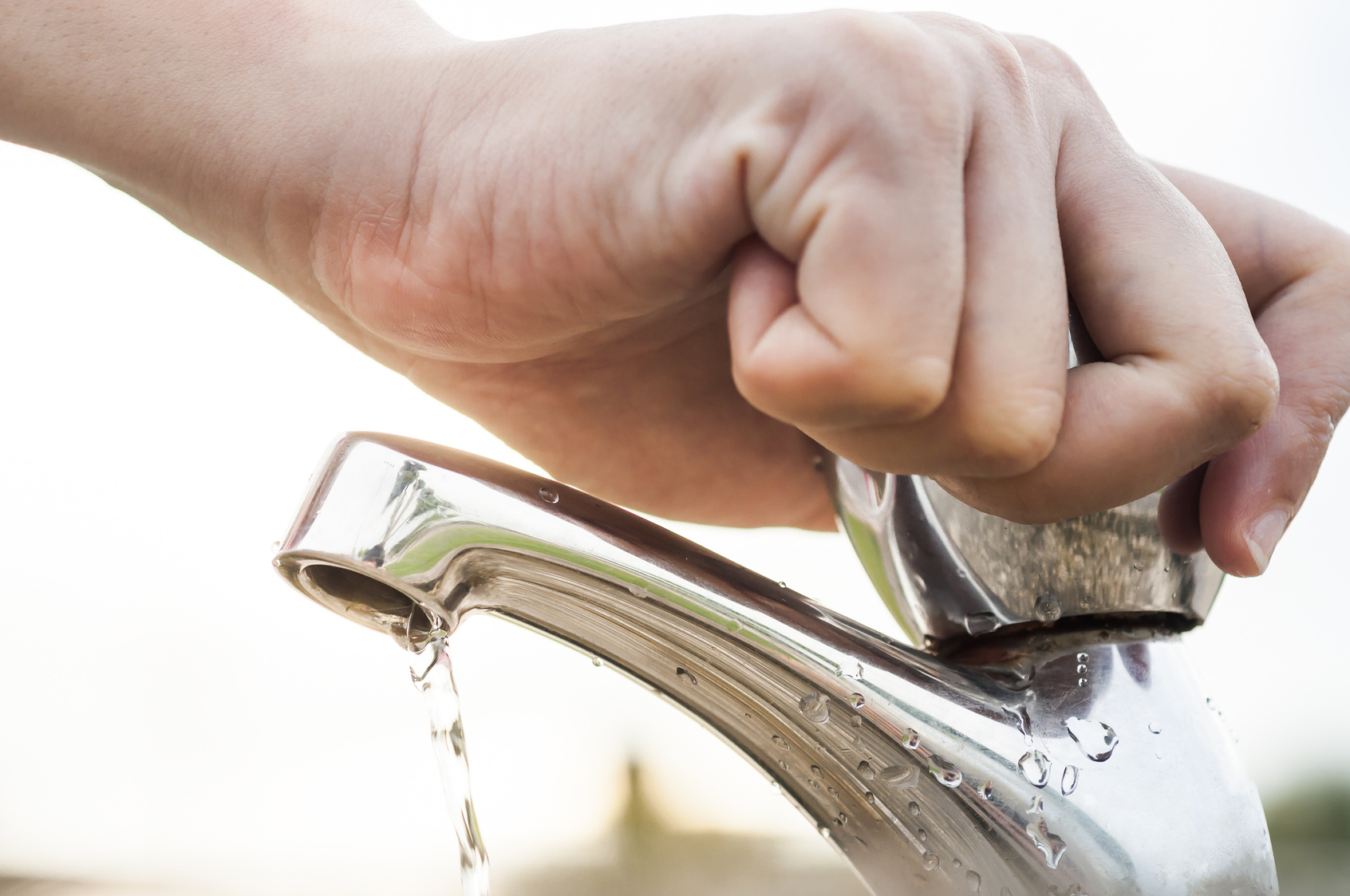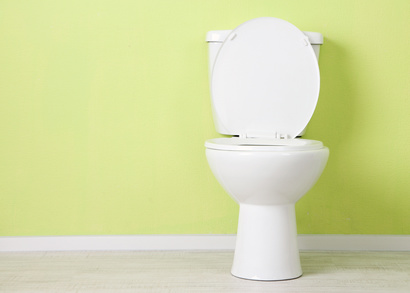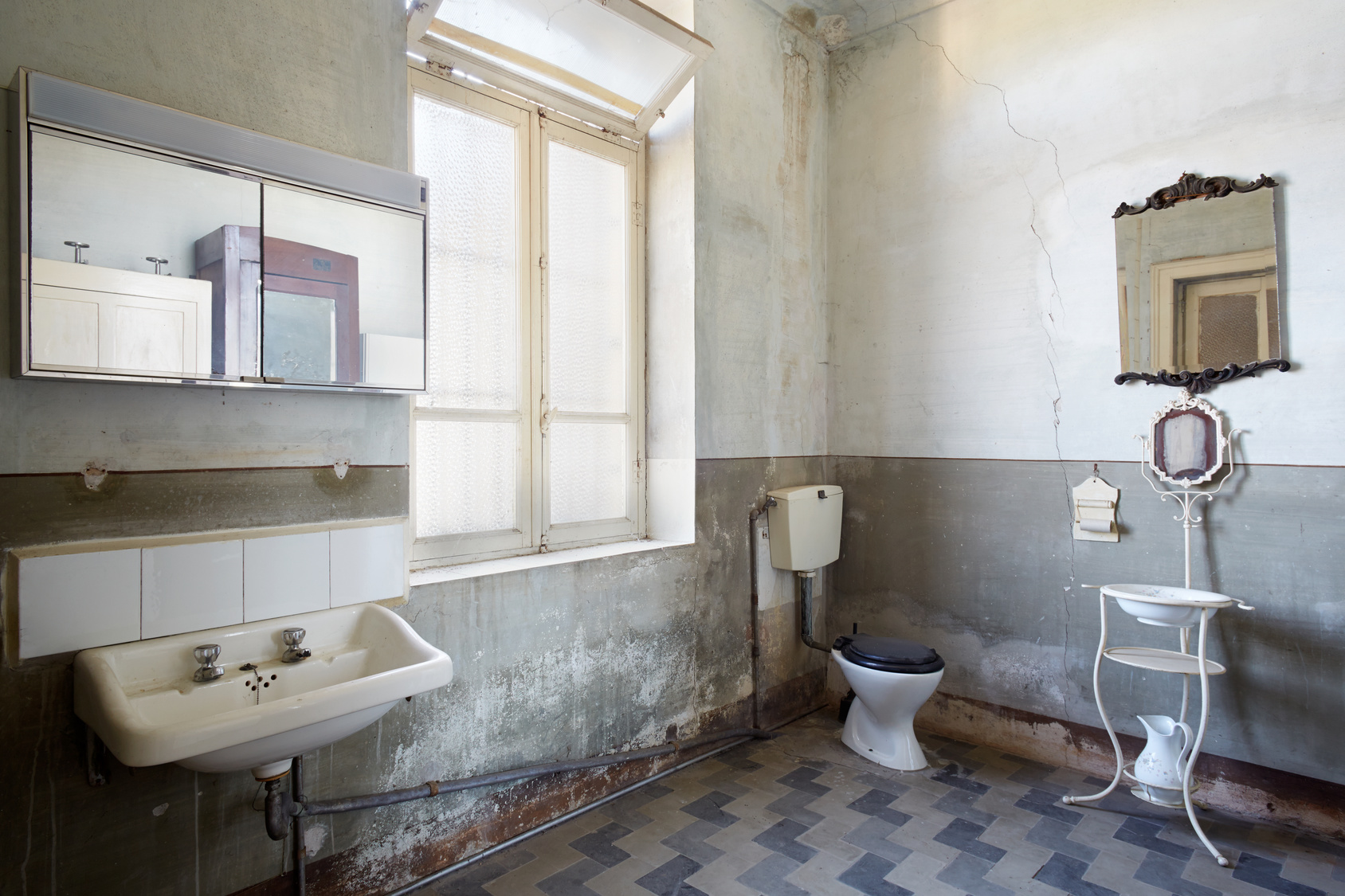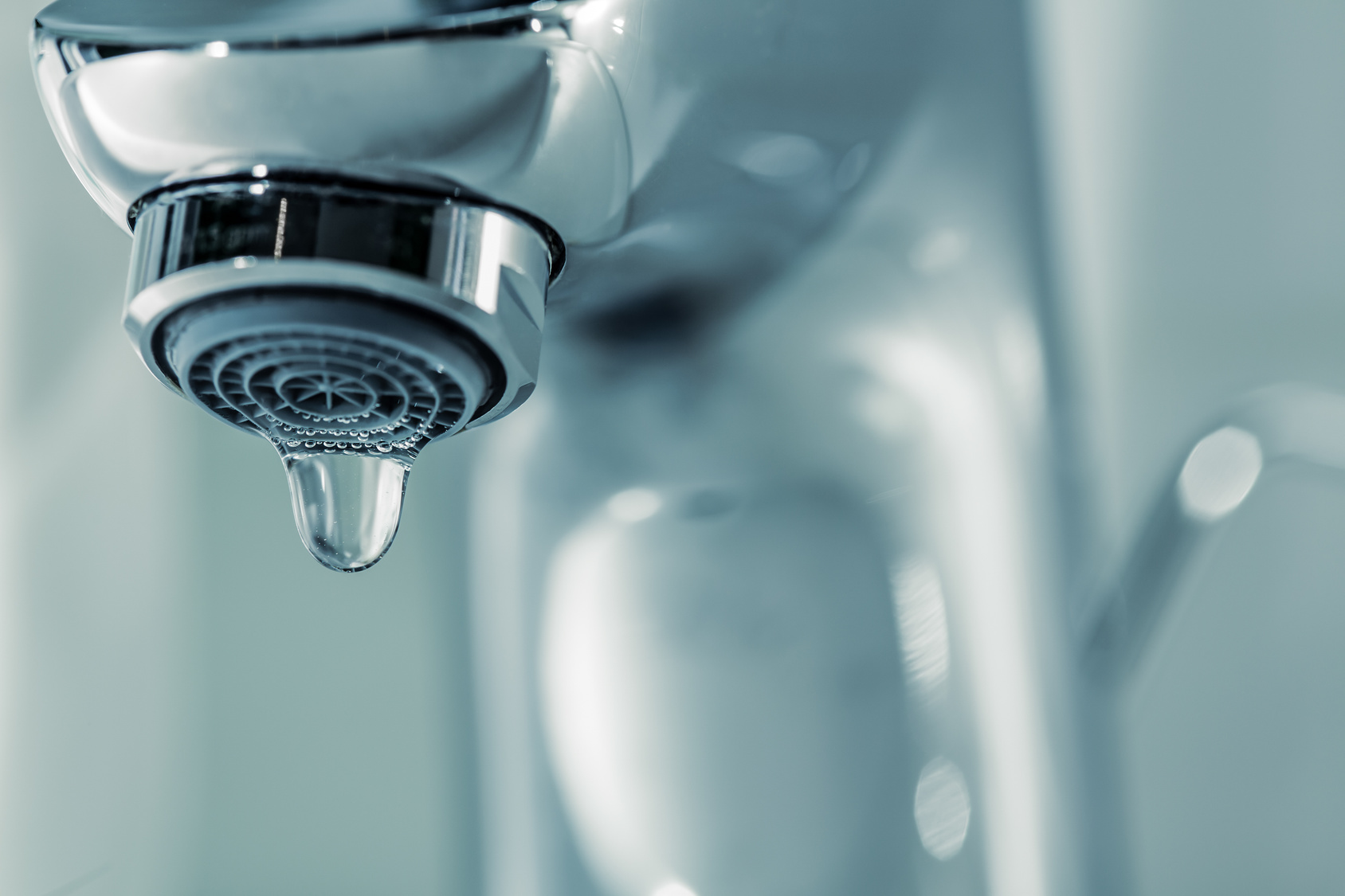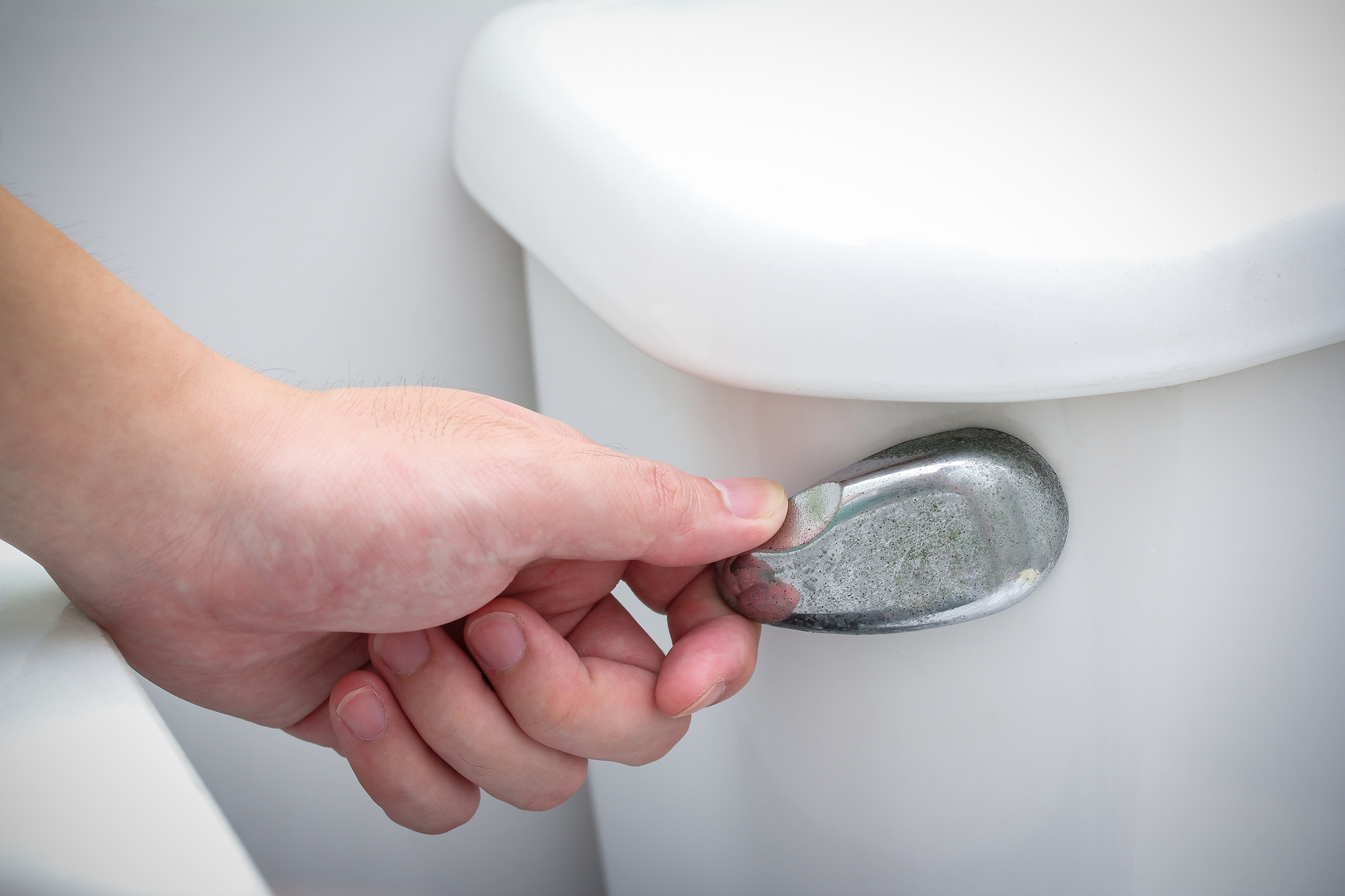
We take so many of our modern conveniences which is why it seems like such a hardship when we are suddenly without them. That is certainly true of indoor plumbing. When the water is shut off to your house due to a water main break or for plumbing repairs you will be left with only enough water in your toilet’s tank for one flush. After that, what do you do? You are able to flush your toilet even while the water is off but it takes a little extra effort and planning. All you need is a bucket and a supply of water and you should be able to continue to use your toilet even while you are without running water.
Your toilet doesn’t actually need running water to flush properly. As long as your toilet is functioning normally, all you have to do is fill the bowl with water and gravity will take care of the rest. You don’t even have to worry about pulling down on the flush handle.
If you have some advanced warning that the water will be shut off you should fill up your bathtub with enough water to allow you to flush your toilet several times until service is restored. Another advantage of filling the tub for this purpose is that the water supply will be nearby and you won’t have to haul it into the bathroom from somewhere else. Even if you don’t know that the water will be shut off in advance you can use water from any source for this purpose, including a nearby pond or creek since it is only going down the toilet and won’t be used for drinking or cooking.
You’ll need about a gallon of water to make this work. When pouring the water into the bowl make sure you do so with enough force to mimic the action of a normal flush. If you dump it in gradually, all you will do is fill the bowl and the water won’t go anywhere. This is handy to remember if you want to fill the commode back up to its normal level after a flush. That being said, you don’t have to toss the water into the toilet as if you are dousing a fire. A steady pour should do the trick and you won’t be left with a wet floor to mop up.
There is another way to flush your toilet when the water is turned off to your home that is just as easy. It also requires having a ready supply of water. This involves refilling the tank after each flush. The basic idea is the same, but instead of pouring the water into the bowl, you pour it directly into the tank. You’ll need to pour in about a gallon and a half of water taking care not to raise the level in the tank until it covers the top of the overflow tube, otherwise you are just wasting precious water. Whichever approach you choose, you should have no problems continuing to flush your toilet while you wait for the water to start flowing again.


